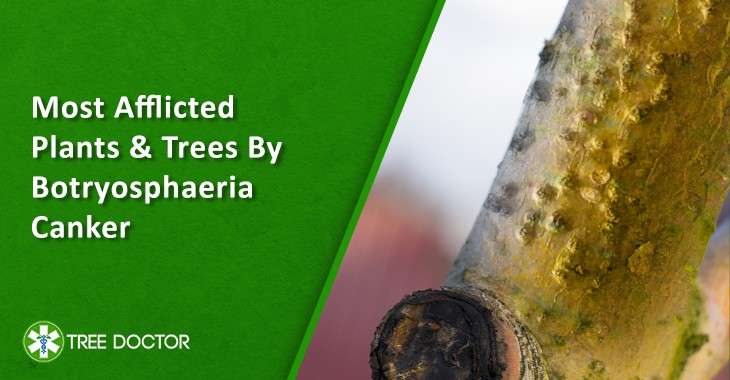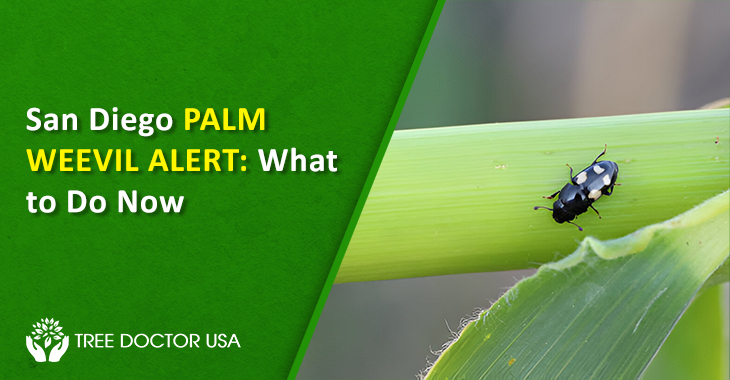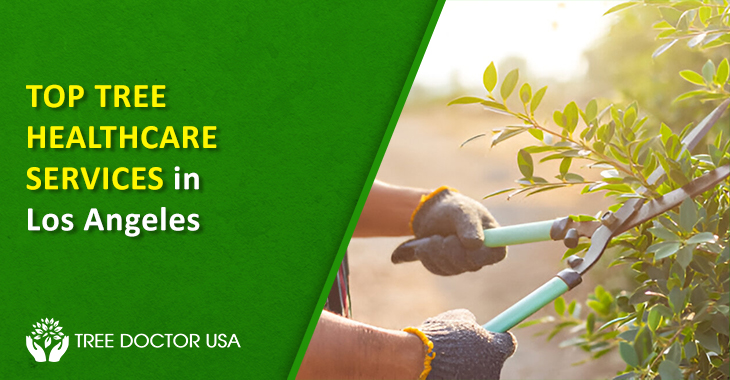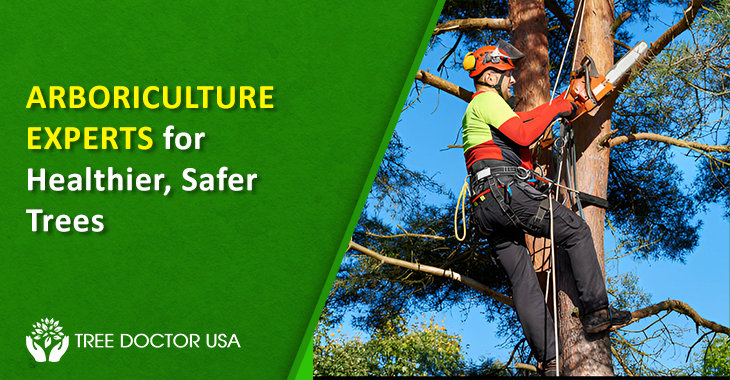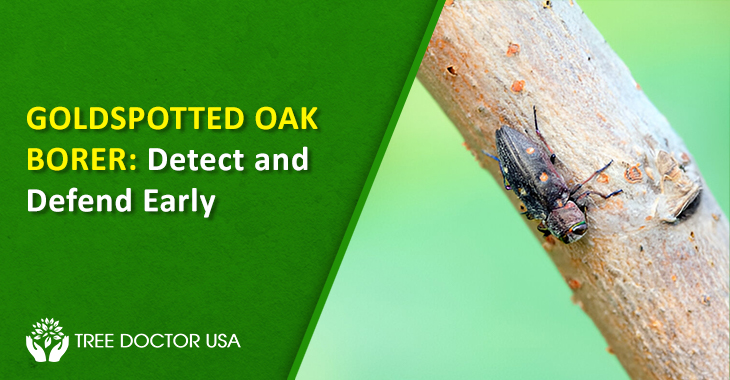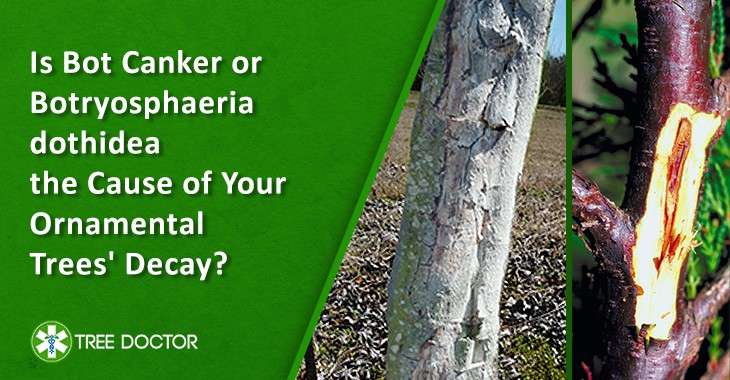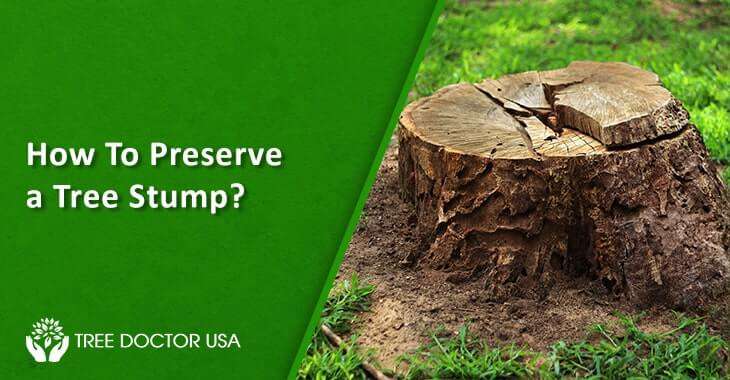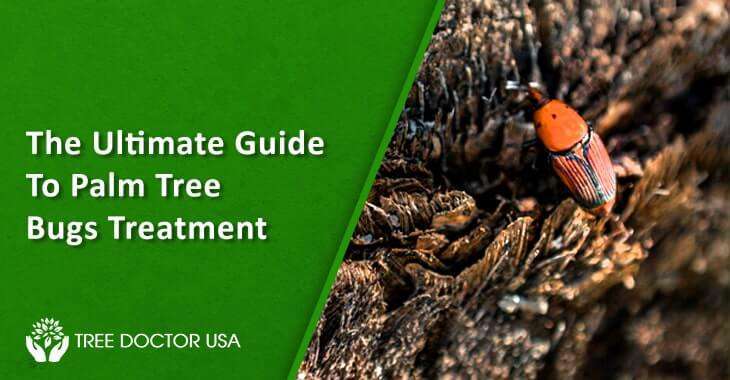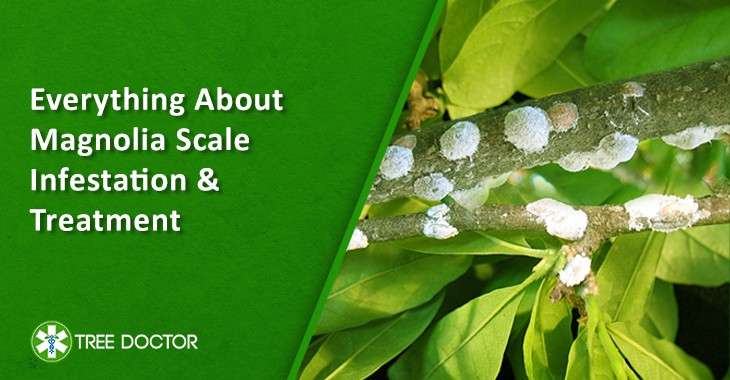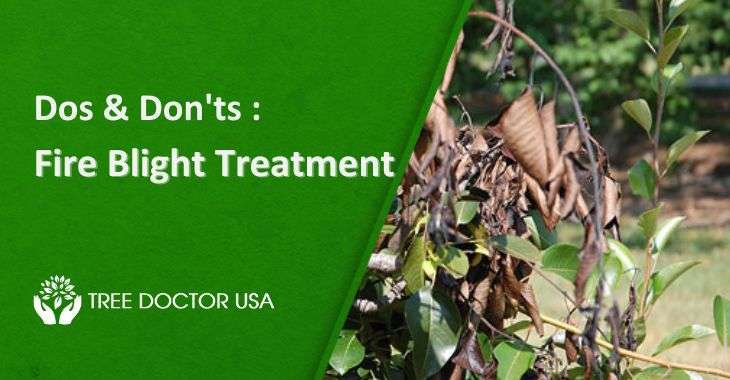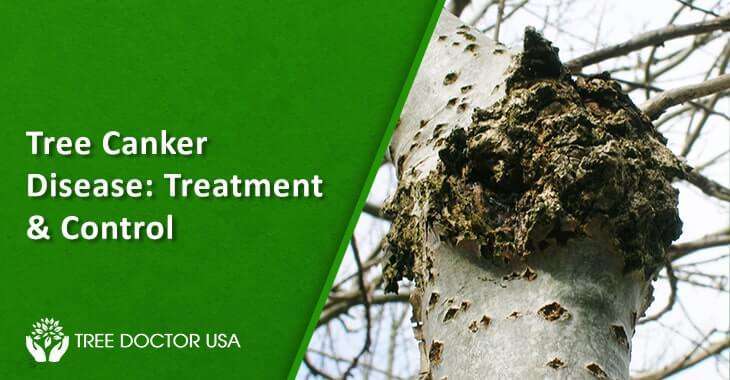Most Afflicted Plants & Trees By Botryosphaeria Canker
The invasion of Botryosphaeria Canker only happens in a stressful environment. On a high key, if the trees and woody shrubs in your landscape are already stressed or vulnerable, Botryosphaeria Canker attacks them.
It is a common fungal tree disease in San Diego. Till today, more than two dozen genera of Botryosphaeria Canker have invaded hundreds of woody plants in San Diego. This fungal disease is highly susceptible when the plant vigor is low. However, the fungal disease doesn’t appear suddenly. Due to tremendous diversity and invisible damage, professional Botryosphaeria Canker treatment service is crucial.
As you know, Cankers are destructive to a wide range of trees and shrubs that are common in San Diego. But do you know the most afflicted plants and trees by Botryosphaeria Canker? Clueless? You are in the right place. In this article, we will discuss the most susceptible trees and plants to Bot Cankers. Also, how to identify and control their spread.
9 Most Susceptible Tree & Plant Species To The Invasion Of Bot Canker
Cambian layers, heartwood, and the inner bark of stressed woody plants are the entry points of Botryosphaeria Canker. Once the fungal disease attacks any trees and plants, it will cut off the tissues that play a vital role in the transportation of nutrients and supplements to the plants. The disruption will be beyond the infection site. So, what are the clues to Botrysophaeria Canker infestation? Keep reading to uncover the symptoms of Canker on afflicted plants and trees.
When Canker fungus attacks stressed apple trees, you will find a minute, reddish-brown spots around the lenticels. After that, it infects the twigs and limbs of host plants. Gradually, black spore-containing fungal structures are on the surface of the cankers or under the bark. Also, it will damage the underlying tissues of the apple and crabapple trees.
It is a severe disease, which you need to identify at the earliest. However, the internal damage to apple trees goes unnoticed. So, you need professional Botryosphaeria Canker treatment to eliminate the fungal growth and infestation.
Is something wrong with your cherry trees? What do you notice at first glance – gummy, resinous ooze, and discolored woods in the cankered area? If yes, Bot Cankers have affected your cherry trees. Sunken patches on the trunk and branches of the cherry trees will validate the infestation of this fungal disease. Infected cherry trees may also have brown spots and empty holes when the center of spots drops down. It looks like tiny pellets on the leaves of cherry trees.
This fungal attack can take a magnificent toll on the health and vigor of cherry trees in your landscape. Luckily, a professional Botryosphaeria canker control service offers precise treatment and care to revive the health of cherry trees.
Stem or trunk cankers are the major disease problem happening to Honey Locusts. To ascertain the infestation, look for sunken, sparse foliage, yellow leaves, and premature leaf drop. When you watch the infected honey locust trees closely, you will notice cracked yellowish or reddish color cankers.
Canker fungi attacking honey locust trees are Cytospora, Nectria, Thyronectria, and Tubercularia. They can cause too much tissues damage if you delay Botryosphaeria fungus treatment.
Botryosphaeria cankers are an immense threat to pine trees in your landscape. It reduces the growth and timber quality degradation wherever it occurs. Also, it causes lesions that can encircle or girdle branches, affected roots, and the main trunk of pine trees. The invasion will obstruct the flow of nutrition and supplements. So, the tip of the branches wilts, causing the needle to turn yellow and then red-brown before falling from the trees. When the infection spreads to multiple branch tips, you will notice dieback in the tree crown.
Flowering dogwood trees are also at risk due to this fungal disease. Improper care is the major reason for injuries to dogwoods. Also, it invites other diseases like leaf spots, anthracnose, and fire blight. The Canker will girdle the trees over several years. The presence of Bot Cankers in San Diego is year-round. You can find them easily when dogwoods are dormant and have dropped their leaves.
The bark of infected dogwoods turns bright yellow or tan with the invasion of cankers. You will also notice multiple small, orange, raised bumps developing on the surface of infected bark. Generally, the spread of Canker is at the tips of branches, but they can spread down the stem to affect more dogwoods in your landscape.
Also Read: Is Bot Canker the Cause of Your Ornamental Trees’ Decay?
The fungus will attack the growing layer of maple cells called cambium. They cause a pronounced bulge of callus to develop around the infected maples in your landscape. You will notice the presence of a swollen, callused trunk. It appears as a sunken area on the trunk or limb and oozes sap. However, your maple trees will be susceptible to the attack of wood-boring insects after the attack of Bot Cankers.
You will observe a large roughened area of bark, sunken in the center with heavy callus around the margin. Young cankers are round to elliptical in shape, hiding behind the bark. But you don’t have to worry about infection if the maple trees in your landscape are actually healthy. Yes, the fungus will only attack the stressed and wounded trees.
It is a fungal disease that appears as a dead lesion on limbs, branches, and trunks of affected trees. Initially, Bot Cankers develop just under the bark. But when the infection is at an advanced level, it causes the white-rot and stringy decay of the sapwood. This decay will compromise the structural integrity of the tree. You will notice that the leaves of the infected oak trees will turn yellow and then brown. The size of the leaves will remain small. Also, the growth of twigs will reduce. The damaged oak tree will have a thinner canopy and dieback of feeder roots.
Canker disease will form on the twigs and branches of elms. However, leaves on infected branches of elms turn bright yellow. Eventually, they will fall prematurely without wilting. Fungal fruiting structures harden the bark of infected twigs. Botryosphaeria canker treatment at the early stage is crucial as the colonization of canker fungus is slow.
Canker fungi invade only when the elm trees are under stress. So, you need to know the exact cause of stress before controlling the spread of Canker. Tree doctors will identify the stress and offer precise treatment to revive the health of Elms in your landscape.
Inkberry is a type of holly bush often susceptible to Bot Cankers. However, it affects only weaker inkberry plants. The symptoms of Canker on Hollies are quite similar to root rot. It includes the yellowing of the leaves and premature fall. Also, the newest leaves are usually the first clue to a problem. You will notice sunken or cracked patches of wood and girdle the stems. Hence, the nutrients and supplements cannot reach the leaves. Therefore, the young twigs may curl downward. Proper care and treatment are crucial to restrict the damage due to Bot Canker.
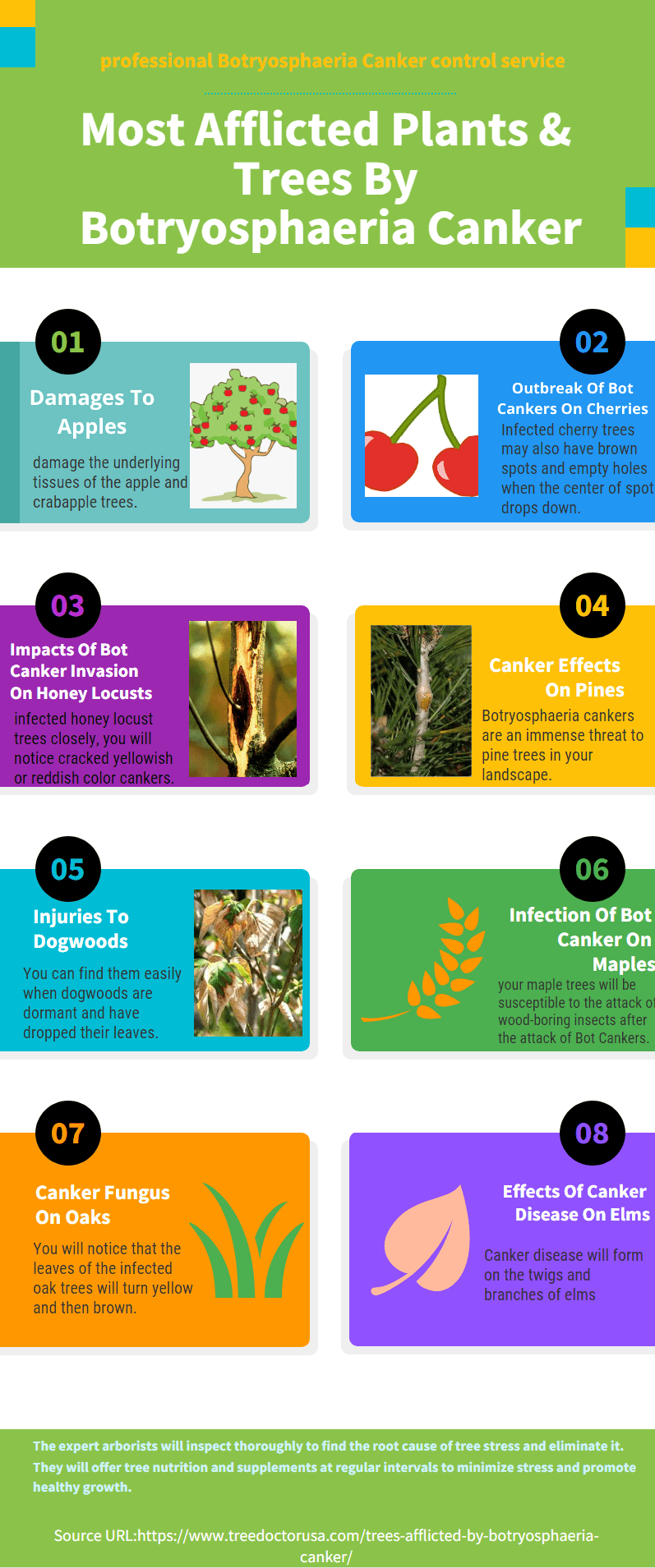
Final Thoughts
Botryosphaeria Cankers are among the most destructive and hard to manage once they invade your landscape. The disease also invites other fungi, bacteria, pests, and insects, which can speed up the damage happening to infected trees. Hence, prevention is the most effective strategy to keep Bot Cankers at bay. Now, you know the nine most afflicted trees and plants by Botryosphaeria Cankers. So, reduce the risk of canker disease with optimum care and nourishments of these trees. If you suspect any symptoms of its infections, quickly get in touch with a professional Botryosphaeria canker control service.
The expert arborists will inspect thoroughly to find the root cause of tree stress and eliminate it. They will offer tree nutrition and supplements at regular intervals to minimize stress and promote healthy growth. Canker fungi do not damage healthy, vigorous trees, so maintain the optimum health care for these most afflicted trees and plants. Avoid all tree stressors to restrict the invasion of Botryosphaeria Cankers!

